-
 Bitcoin
Bitcoin $102,662.5363
4.85% -
 Ethereum
Ethereum $2,193.0670
19.81% -
 Tether USDt
Tether USDt $0.9999
-0.02% -
 XRP
XRP $2.3038
7.50% -
 BNB
BNB $625.3061
3.85% -
 Solana
Solana $162.5747
9.35% -
 USDC
USDC $1.0000
-0.02% -
 Dogecoin
Dogecoin $0.1948
11.09% -
 Cardano
Cardano $0.7630
11.78% -
 TRON
TRON $0.2574
3.22% -
 Sui
Sui $4.0011
17.05% -
 Chainlink
Chainlink $15.7755
11.92% -
 Avalanche
Avalanche $22.1531
11.42% -
 Stellar
Stellar $0.2965
12.70% -
 Shiba Inu
Shiba Inu $0.0...01431
10.58% -
 Bitcoin Cash
Bitcoin Cash $418.8427
3.36% -
 Hedera
Hedera $0.1947
9.85% -
 UNUS SED LEO
UNUS SED LEO $8.8625
0.49% -
 Toncoin
Toncoin $3.1835
5.09% -
 Hyperliquid
Hyperliquid $23.2143
10.04% -
 Litecoin
Litecoin $94.7248
4.08% -
 Polkadot
Polkadot $4.4824
10.46% -
 Monero
Monero $301.2717
6.79% -
 Dai
Dai $1.0001
-0.02% -
 Bitget Token
Bitget Token $4.4883
5.14% -
 Pi
Pi $0.6881
13.78% -
 Ethena USDe
Ethena USDe $1.0000
-0.06% -
 Pepe
Pepe $0.0...01096
30.81% -
 Uniswap
Uniswap $6.0905
23.37% -
 Bittensor
Bittensor $424.6065
12.59%
What is the future prospect of Secret(SCRT) currency?
Secret's privacy-preserving technology, decentralized network, and growing adoption suggest a promising future for SCRT in sectors demanding data security and anonymity, such as finance, healthcare, and government.
Dec 09, 2024 at 12:15 am
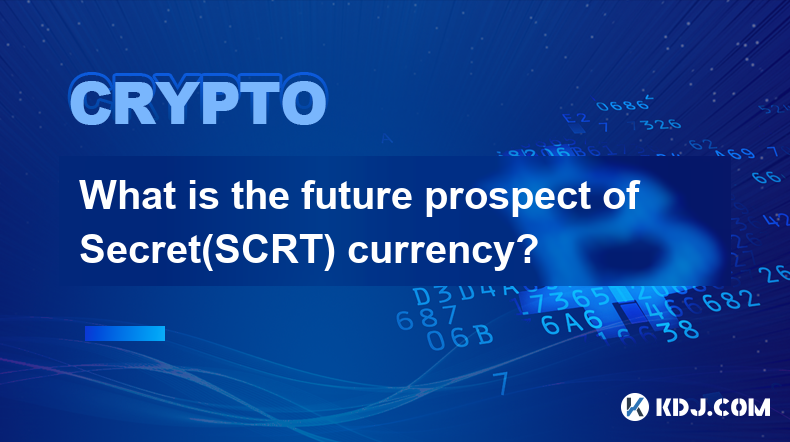
What is the Future Prospect of Secret (SCRT) Currency?
Secret Network, the blockchain powering Secret (SCRT), is a platform designed to provide privacy-preserving computation and data storage. Its native token, SCRT, serves several critical functions within the Secret Network ecosystem.
Predicting the future prospects of any cryptocurrency involves considering various factors, including the project's technology, market adoption, competitive landscape, and broader economic conditions. In the case of Secret, several key aspects contribute to its long-term potential.
1. Privacy-Preserving Technology:
Secret Network employs a unique privacy-preserving technology known as Secret Computing. This allows developers to build applications where computations occur within encrypted environments. As a result, sensitive data remains private even during processing.
This feature differentiates Secret from most other blockchains that provide privacy only at the data storage level. Secret's advanced technology has attracted interest from sectors where data privacy is paramount, including finance, healthcare, and government.
2. Decentralized Network:
Secret Network is a decentralized blockchain consisting of a network of nodes operated by independent validators. This structure ensures that Secret's operations are not controlled by any single entity, safeguarding the neutrality and censorship resistance of the network.
3. Native Privacy Token:
SCRT, the native token of Secret Network, plays a vital role in the ecosystem. It is used for:
- Staking: Validators who participate in securing the network are rewarded with SCRT.
- Governance: SCRT holders can participate in the governance of Secret Network by voting on proposals that shape the platform's future.
- Transaction Fees: SCRT is used to pay transaction fees on Secret Network.
- Privacy and Anonymity: SCRT can be used to purchase private computing resources on Secret Network, allowing users to perform anonymous computations without revealing sensitive information.
4. Market Adoption:
Secret Network has gained traction among developers and users seeking privacy solutions. Several projects are actively building on Secret, including:
- Enigma: A platform providing privacy-preserving data analytics.
- Phala Network: A blockchain offering cloud computing with encrypted data.
- Akash Network: A decentralized cloud computing platform with privacy features.
The adoption of Secret Network by these projects and others indicates growing demand for privacy-preserving solutions in various industries.
5. Growing Demand for Privacy:
In an increasingly interconnected digital world, privacy concerns are becoming more prevalent. Regulations like the European Union's General Data Protection Regulation (GDPR) have raised awareness about data protection and individual rights.
Secret Network's privacy-preserving technology caters to this growing demand by providing businesses and individuals with tools to protect their sensitive data.
6. Competitive Landscape:
Several other platforms offer privacy features in the blockchain space. Some notable competitors include:
- Monero: A privacy-focused cryptocurrency with a focus on anonymity and untraceability.
- Zcash: A cryptocurrency that employs zk-SNARK technology to provide privacy for transactions.
- Oasis Network: A blockchain with privacy-preserving features for data and computation.
Secret Network differentiates itself from its competitors by offering a more comprehensive suite of privacy-preserving tools and a decentralized governance model.
7. Economic Conditions:
The health of the broader cryptocurrency market can impact the price of SCRT. Economic downturns can lead to reduced demand for cryptocurrencies, including Secret. Conversely, positive economic conditions can bolster investor sentiment and drive up the price of SCRT.
Challenges and Opportunities:
Despite its potential, Secret Network faces some challenges:
- Scalability: The privacy-preserving features of Secret Network can introduce additional computational overhead, potentially limiting scalability.
- Adoption: While growing, Secret Network still has a relatively small market share compared to established blockchains, representing both a challenge and an opportunity for further growth.
Nonetheless, the future prospect of Secret (SCRT) currency appears promising given its innovative technology, growing market adoption, and increasing demand for privacy solutions.
Disclaimer:info@kdj.com
The information provided is not trading advice. kdj.com does not assume any responsibility for any investments made based on the information provided in this article. Cryptocurrencies are highly volatile and it is highly recommended that you invest with caution after thorough research!
If you believe that the content used on this website infringes your copyright, please contact us immediately (info@kdj.com) and we will delete it promptly.
- The PEDIGREE® brand launched PEDIGREE® DRIZZLERS™ Sauce, a mealtime sauce made just for dogs that brings bold flavors to every bite
- 2025-05-09 10:06:38
- The GENIUS Act Failed to Pass Cloture in the United States Senate on May 8
- 2025-05-09 10:06:38
- The 2025 Meme Wave Has Arrived: FloppyPepe (FPPE) Is Making Serious Noise
- 2025-05-09 10:01:06
- Stellar (XLM) Shows Renewed Momentum, Up 10% in the Last 24 Hours
- 2025-05-09 10:01:06
- Tron (TRX) Prepares for the Next Chapter as Ruvi, an Emerging Crypto Superstar, Captures the Spotlight
- 2025-05-09 09:55:12
- Dogecoin price regained and moved past $0.17
- 2025-05-09 09:55:12
Related knowledge
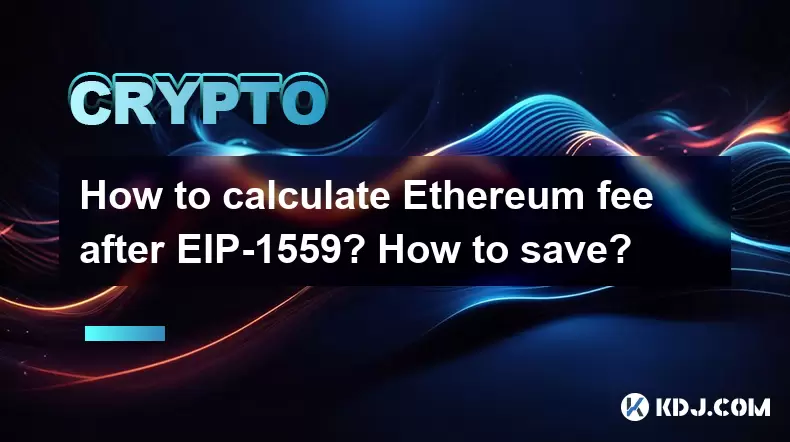
How to calculate Ethereum fee after EIP-1559? How to save?
May 09,2025 at 08:01am
The introduction of EIP-1559 in August 2021 brought significant changes to the Ethereum network's fee structure, revolutionizing how users interact with transaction costs. This article will delve into the specifics of how to calculate Ethereum fees post-EIP-1559 and offer strategies to save on these fees. Understanding EIP-1559 and its ComponentsEIP-155...
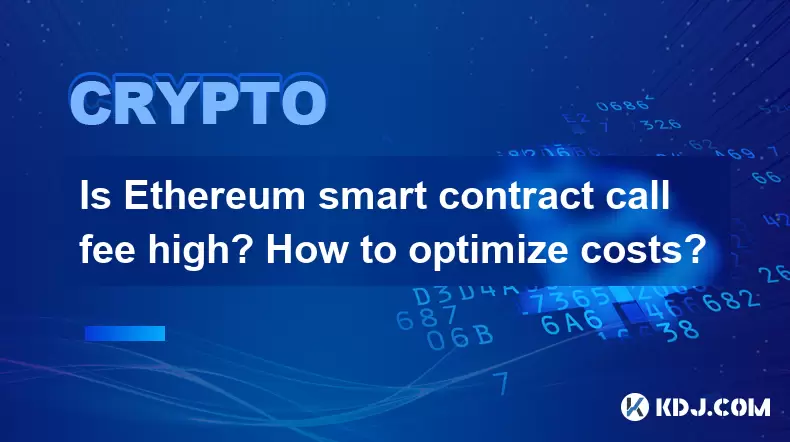
Is Ethereum smart contract call fee high? How to optimize costs?
May 08,2025 at 09:35am
Is Ethereum Smart Contract Call Fee High? How to Optimize Costs? The world of Ethereum smart contracts has revolutionized the way we think about decentralized applications and blockchain technology. However, one of the most frequently discussed topics within this realm is the cost associated with executing smart contract calls. In this article, we will ...
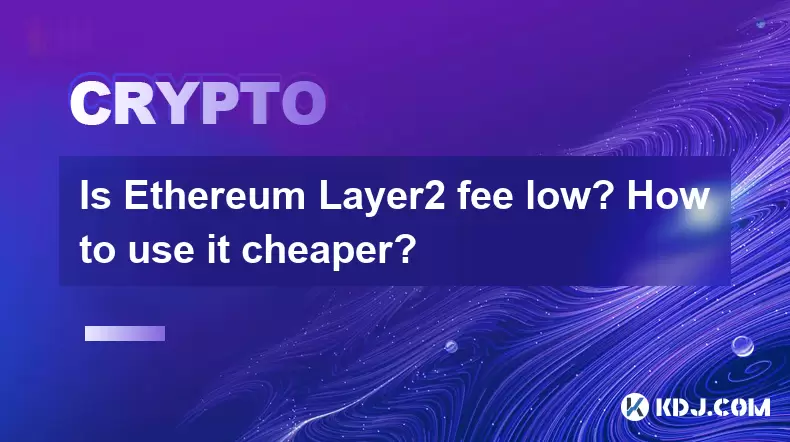
Is Ethereum Layer2 fee low? How to use it cheaper?
May 08,2025 at 03:56am
The question of whether Ethereum Layer 2 solutions offer lower fees and how to use them more economically is a topic of great interest within the cryptocurrency community. Ethereum's Layer 2 solutions have been developed to address the high transaction fees and scalability issues associated with the main Ethereum network. In this article, we will delve ...

How to calculate Ethereum network fee? How to reduce transaction costs?
May 08,2025 at 02:15am
Understanding and managing Ethereum network fees is crucial for anyone involved in transactions on the Ethereum blockchain. The network fee, also known as gas fee, is the amount of Ether (ETH) required to successfully conduct a transaction or execute a smart contract on the Ethereum network. Calculating these fees and finding ways to reduce them can sig...
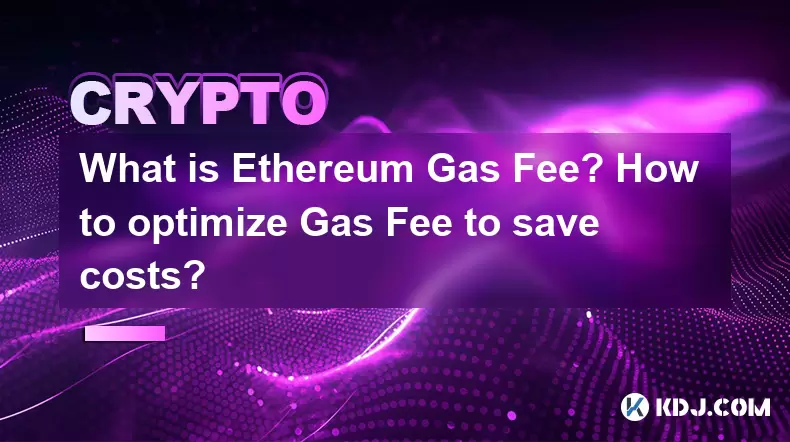
What is Ethereum Gas Fee? How to optimize Gas Fee to save costs?
May 08,2025 at 03:43am
Ethereum gas fees are a crucial aspect of interacting with the Ethereum blockchain. Understanding and optimizing these fees can significantly impact the cost-effectiveness of transactions and smart contract interactions. In this article, we will delve into what Ethereum gas fees are, how they are calculated, and provide detailed strategies for optimizin...
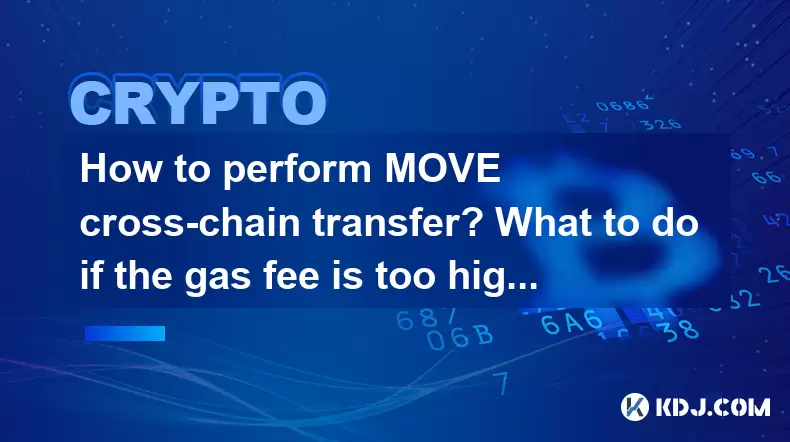
How to perform MOVE cross-chain transfer? What to do if the gas fee is too high?
May 07,2025 at 08:03pm
Introduction to MOVE Cross-Chain TransferCross-chain transfers have become an essential part of the cryptocurrency ecosystem, allowing users to move assets between different blockchain networks. One of the popular protocols for achieving this is the MOVE cross-chain transfer. This article will guide you through the process of performing a MOVE cross-cha...

How to calculate Ethereum fee after EIP-1559? How to save?
May 09,2025 at 08:01am
The introduction of EIP-1559 in August 2021 brought significant changes to the Ethereum network's fee structure, revolutionizing how users interact with transaction costs. This article will delve into the specifics of how to calculate Ethereum fees post-EIP-1559 and offer strategies to save on these fees. Understanding EIP-1559 and its ComponentsEIP-155...

Is Ethereum smart contract call fee high? How to optimize costs?
May 08,2025 at 09:35am
Is Ethereum Smart Contract Call Fee High? How to Optimize Costs? The world of Ethereum smart contracts has revolutionized the way we think about decentralized applications and blockchain technology. However, one of the most frequently discussed topics within this realm is the cost associated with executing smart contract calls. In this article, we will ...

Is Ethereum Layer2 fee low? How to use it cheaper?
May 08,2025 at 03:56am
The question of whether Ethereum Layer 2 solutions offer lower fees and how to use them more economically is a topic of great interest within the cryptocurrency community. Ethereum's Layer 2 solutions have been developed to address the high transaction fees and scalability issues associated with the main Ethereum network. In this article, we will delve ...

How to calculate Ethereum network fee? How to reduce transaction costs?
May 08,2025 at 02:15am
Understanding and managing Ethereum network fees is crucial for anyone involved in transactions on the Ethereum blockchain. The network fee, also known as gas fee, is the amount of Ether (ETH) required to successfully conduct a transaction or execute a smart contract on the Ethereum network. Calculating these fees and finding ways to reduce them can sig...

What is Ethereum Gas Fee? How to optimize Gas Fee to save costs?
May 08,2025 at 03:43am
Ethereum gas fees are a crucial aspect of interacting with the Ethereum blockchain. Understanding and optimizing these fees can significantly impact the cost-effectiveness of transactions and smart contract interactions. In this article, we will delve into what Ethereum gas fees are, how they are calculated, and provide detailed strategies for optimizin...

How to perform MOVE cross-chain transfer? What to do if the gas fee is too high?
May 07,2025 at 08:03pm
Introduction to MOVE Cross-Chain TransferCross-chain transfers have become an essential part of the cryptocurrency ecosystem, allowing users to move assets between different blockchain networks. One of the popular protocols for achieving this is the MOVE cross-chain transfer. This article will guide you through the process of performing a MOVE cross-cha...
See all articles






















































































